The fuel Compatibility and stability Testing is cheap, easy to use and supplies essential information of no Marine engineer responsible for fuels can live without. A small quick test will deliver you from the consequences of having an incompatible fuel mix in the tanks
What fuel compatibility and stability testing mean?
Fuel oil compatibility and stability testing is extremely simple and can take just 20 minutes, providing engineers with crucial information that can confirm that the fuel oil delivery will remain stable in the bunker tanks or identify possible stability problems before blending and mixing two fuel oils. Compatibility fuel oil testing can prevent sludge build up, damage or problems of fuel oil systems and ensure smooth engine operation by ruling out any problems with fuel combustion in advance.
Fuel stability: The potential for a fuel to change condition in storage in certain circumstances, depending on its resistance to breakdown Bulk fuel stored for long periods can become unstable – the asphaltene content can precipitate out of solution causing the formation of sludge.
Realated post; Ship bunkering operations
Lets take for an example, if a very low sulphur fuel oil (VLSFO) with a high asphaltene content is mixed with a low-gravity distillate with a predominance of paraffinic aliphatic hydrocarbons the solvency reserve can be depleted and asphaltenes can flocculate & precipitate as sludge.
Fuel compatibility: The tendency of fuels to produce deposits when mixed. The issue may immediately occur when fuels comingle.actully, the marine industry best practice is to avoid mixing fuels from different sources and with different formulations as arbitrary comingling can lead to incompatibility problems and a loss of stability in the resultant blend.
what ways to test fuel compatibility and stability onboard the vessel?
On board a vessel, a good way to measure the marine fuel compatibility and stability testing, including residual and distillate fuels, is the ASTM D4740 spot testing. With the growing use of low sulphur fuels and increased frequency of bunkering, testing the stability of the fuel oil and its compatibility for blending is becoming increasingly important.
Though, every fuel oil is manufactured to be stable – in that it does not have the tendency to produce asphaltenic sludge – two stable VLSFOs are not necessarily compatible when blended or mixed together. A blend is regarded as being stable only if it is homogeneous immediately after preparation, remains so in normal storage and at no time produces or tends to produce sludge on a significant scale.
However,if behaving in this way, the fuels forming the blend can be considered as compatible with each other. Incompatibility is the tendency of a residual fuel oil to produce a deposit on dilution or on blending with other fuel oils and typical incompatibility problems include sludging and blockage of bunker,settling and service tanks, pipe connection,filters and purifier or saparator bowls. If neglated, the only remedy is manual removal of the sludge build up, which is both time-consuming and extremely expenssive. Also see Purifier Five Main Common Faults
Onboard fuel compatibility and stability testing steps
Watch live video of Fuel compatibility and stability Testing carried out onboard a vessel, or continue reading below.
For the ASTM D4740 spot test a blend composed of representative volumes of the sample fuel (NEW supplied) and the blend stock are mix together (ideal percentage mix is 50/50), then heat up (to 95°C) and homogenised. A drop of the blend is put on a test paper and heated as well (up to 95°C). Some testers do not have where to heat up the paper, therefore oven can be use to heat the paper it can take 30 to 60 mins.
After this time, the test paper is removed from the oven and the resultant spot is examined for evidence of precipitation and rated for compatibility against D4740 reference spots.
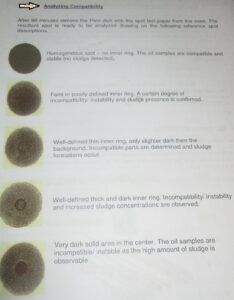
Conclusion
Incompatibility is not a common phenomenon its likelihood increases in tandem with fuel switching, such as when entering and leaving an ECA. Compatibility problems must be treated as a critical concern as it can result in power failure, fuel systems can become paralysed and the job of cleaning up the results is both difficult,time consuming and in most case expensive.
When it comes to the blending of marine fuels, industry best practice is not to mix fuels in the storage and settling tanks. However, this is not always possible and in cases where comingling is unavoidable, it’s best to carry out fuel compatibility and stability testing, either on board or via an independent lab, in order to help evade any compatibility issues.
Was this article useful? Subscribe to our newsletter for updates on new articles and share your comments below.



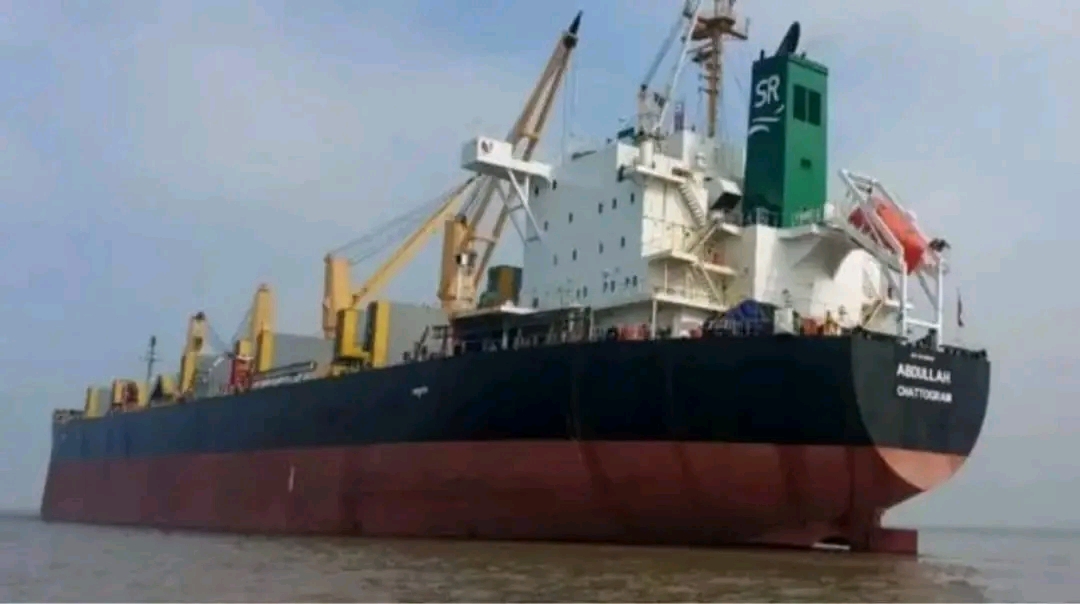
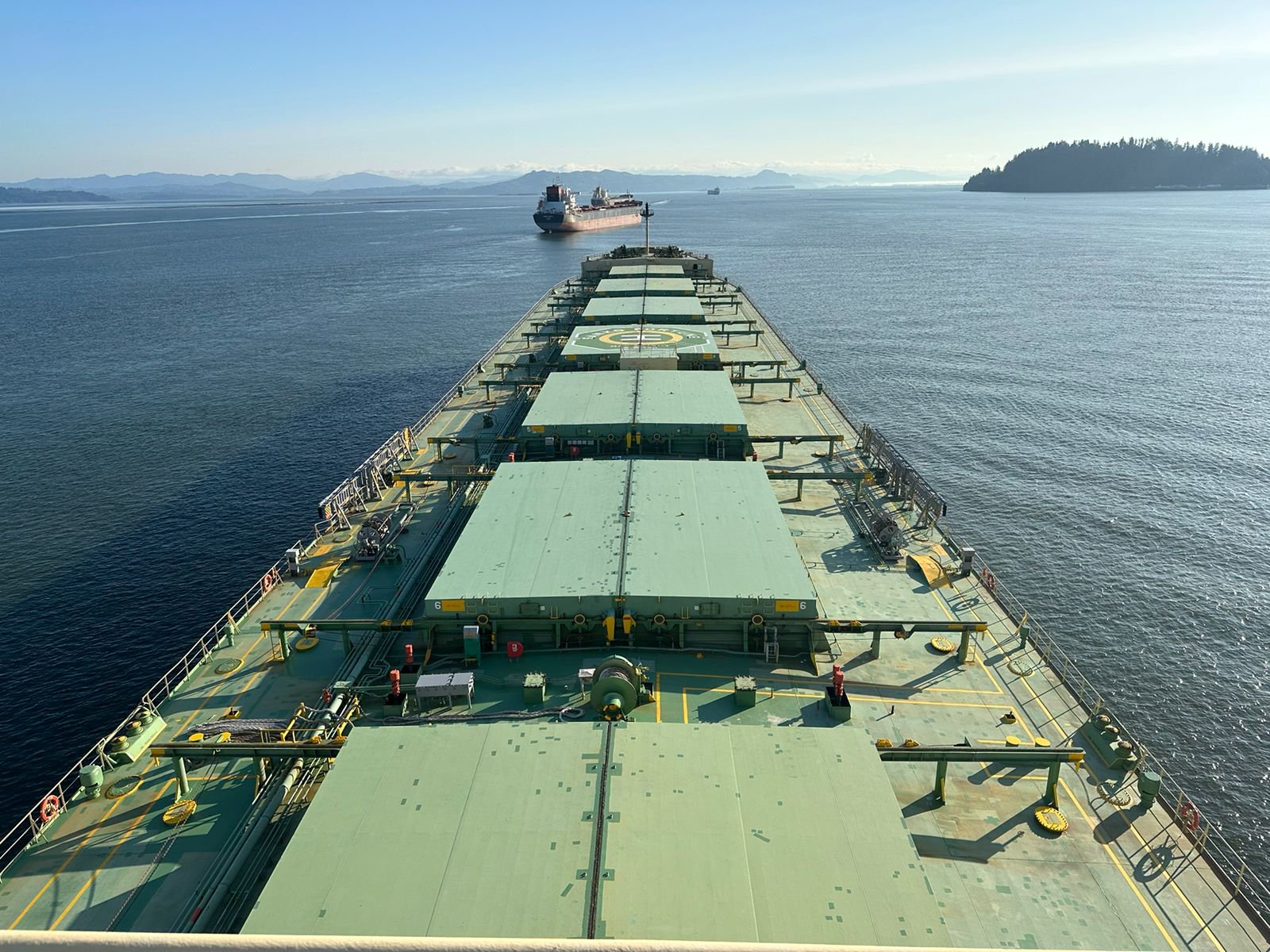
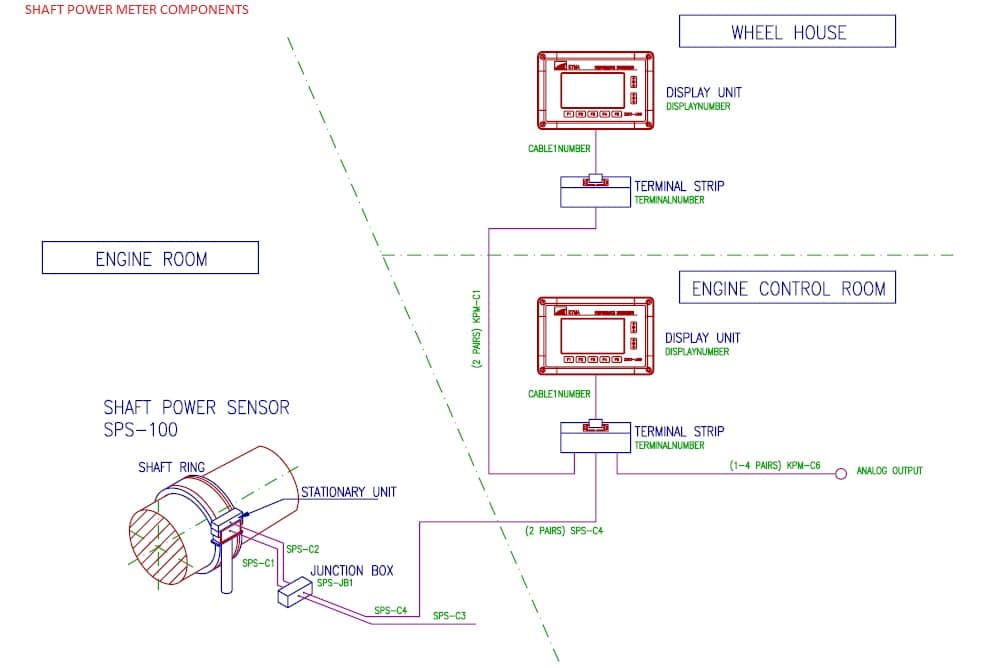
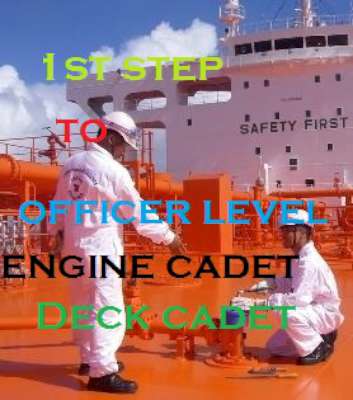
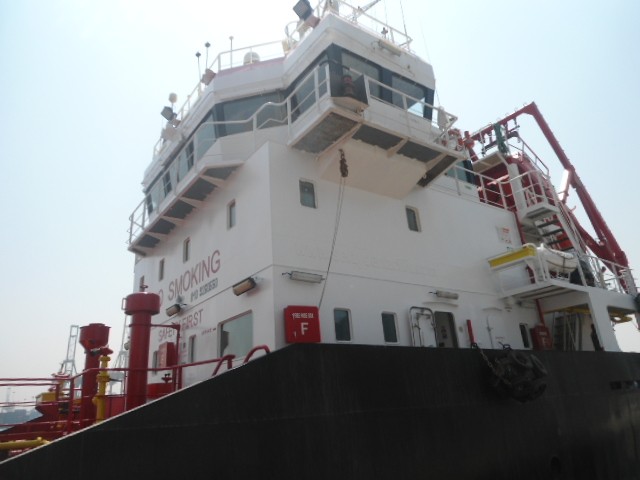

2 thoughts on “Latest – Fuel compatibility and stability testing 1”
Pingback: Shaft Power Meter (SPM) Installation Onboard Ship - Marine And Offshore Insight
Pingback: What Is The Difference Between Purifier And Clarifier? - Marine And Offshore Insight